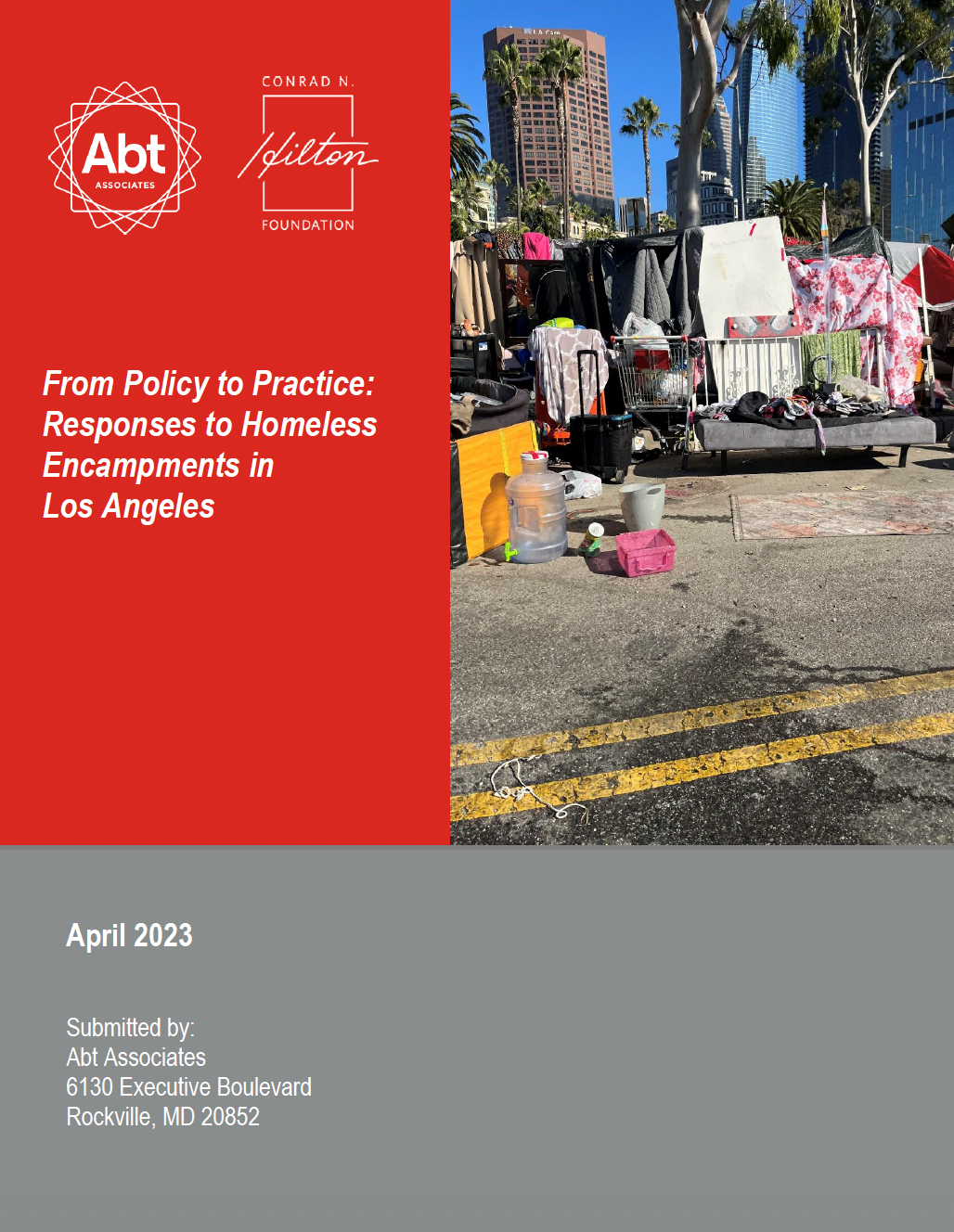From Policy to Practice: Responses to Homeless Encampments in Los Angeles
Report
April 3, 2023
Focus Areas
Capabilities
Regions
North America

